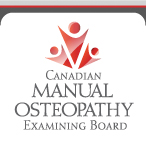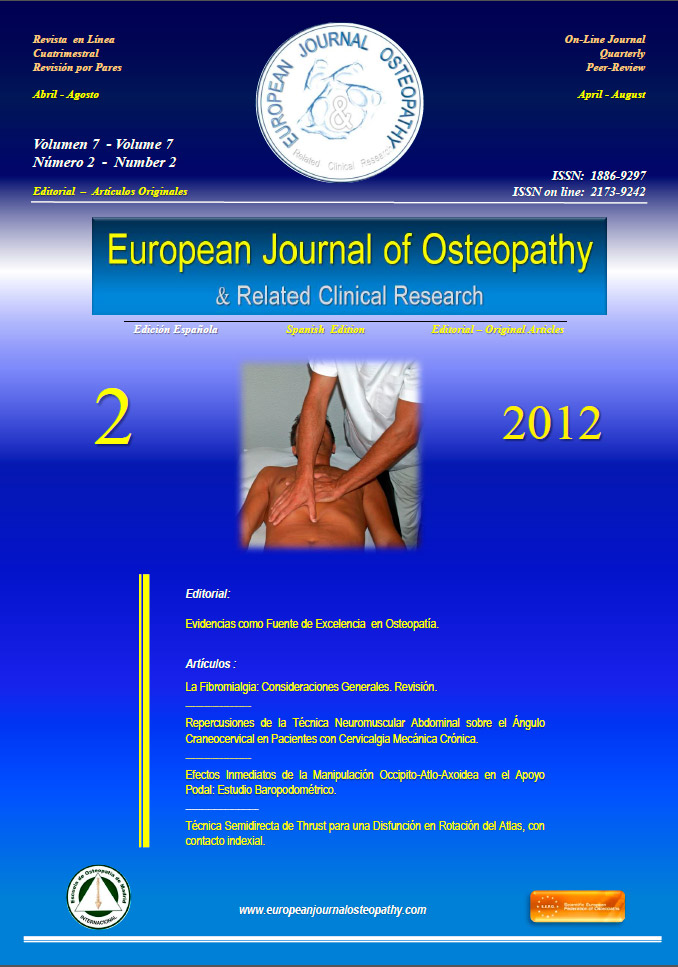By Jean Elvin, GCFP
Marshall was 86 years old and referred to me by his brother, a regular client. Marshall’s major complaint was that he had trouble sitting on the couch without falling the last 12 to 16 inches, and could not get up again without a hand from his wife who, also elderly, risked being pulled onto the couch – or worse yet, toppling both of them onto the floor. Since Marshall was quite a tall fellow, he sensed that if he did fall, it would be a long way down, with a sizable impact. He had some stiffness, but no major knee problems, and was able to walk into my office with the help of a cane. Before asking Marshall to sit down on my table, I asked him to tap his foot, both the forefoot and the heel, on each side, which he could do.
I invited Marshall to sit on my table, which was at chair height. We worked on having Marshall shift his weight side to side, to feel the pressure shift as he rocked mostly onto one “sitting bone” and then the other, sort of like walking sitting down. (The sitting bones are the base of the pelvis, and are rounded like deep rockers – just like the feet are the base when standing and walking). We added the game of reversing the movement often, so that each shift could be long or short, while staying slow enough to really feel each part of the motion. Next, we played with a forward shift, leaning his head and shoulders forward, bending over his feet. Without trying to straighten up, he practiced sensing when his weight balanced over his feet, when back on the heels, and when forward on the front part of both feet.
A major improvement occurred when he realized that he could find equilibrium this way, with his head leaning well forward and his hips well back, sensing when his hips would begin to just barely leave the chair, and paying attention to the sensation in his feet for helpful cues as to whether he was “on his feet.” After practicing the shifting movement forward and backward many times, reversing it, and then reversing the reverse, it became a more familiar and secure action. While resting and in between, we did more foot tapping.
Only after finding his balance over his feet did we begin to work on “unfolding toward standing up and folding again.” Reversibility was helpful to Marshall because it gave him a chance to practice and sense the smaller parts of the movement, without going back to his habit of rushing to get up or down, using momentum to “throw himself forward or back.”
In the span of just one lesson, Marshall was able to master the timing and coordination of shifting onto his feet to unfold and stand, as well as reversing the action, staying on his feet while folding to sit. This ability gave him more independence and increased his sense of safety in getting around. He was not only more graceful in using his balance, he was grateful… and so was his wife.
I invited Marshall to sit on my table, which was at chair height. We worked on having Marshall shift his weight side to side, to feel the pressure shift as he rocked mostly onto one “sitting bone” and then the other, sort of like walking sitting down. (The sitting bones are the base of the pelvis, and are rounded like deep rockers – just like the feet are the base when standing and walking). We added the game of reversing the movement often, so that each shift could be long or short, while staying slow enough to really feel each part of the motion. Next, we played with a forward shift, leaning his head and shoulders forward, bending over his feet. Without trying to straighten up, he practiced sensing when his weight balanced over his feet, when back on the heels, and when forward on the front part of both feet.
A major improvement occurred when he realized that he could find equilibrium this way, with his head leaning well forward and his hips well back, sensing when his hips would begin to just barely leave the chair, and paying attention to the sensation in his feet for helpful cues as to whether he was “on his feet.” After practicing the shifting movement forward and backward many times, reversing it, and then reversing the reverse, it became a more familiar and secure action. While resting and in between, we did more foot tapping.
Only after finding his balance over his feet did we begin to work on “unfolding toward standing up and folding again.” Reversibility was helpful to Marshall because it gave him a chance to practice and sense the smaller parts of the movement, without going back to his habit of rushing to get up or down, using momentum to “throw himself forward or back.”
In the span of just one lesson, Marshall was able to master the timing and coordination of shifting onto his feet to unfold and stand, as well as reversing the action, staying on his feet while folding to sit. This ability gave him more independence and increased his sense of safety in getting around. He was not only more graceful in using his balance, he was grateful… and so was his wife.
Jean Elvin, GCFP, maintains a Feldenkrais® practice in Palo Alto, California. She specializes in working with dancers, seniors, and those with neurological issues. Find her at www.sweetagility.com.








 4:12
4:12
 Daniel Enriquez de Guevara
Daniel Enriquez de Guevara





























.jpg)






















0 comentarios :
Publicar un comentario